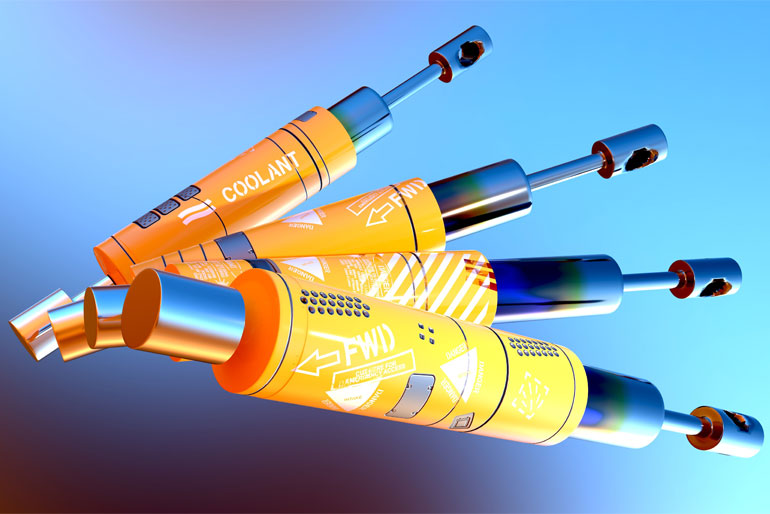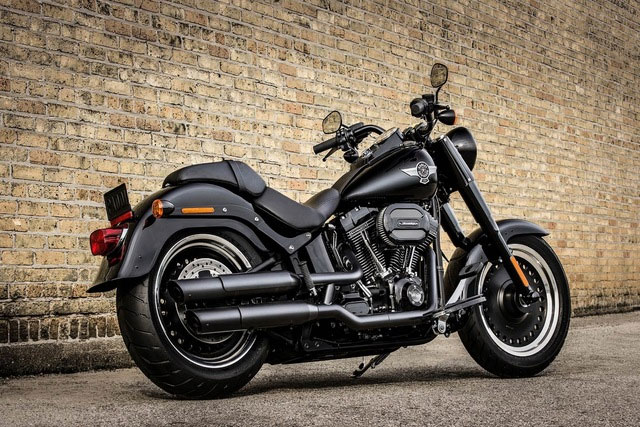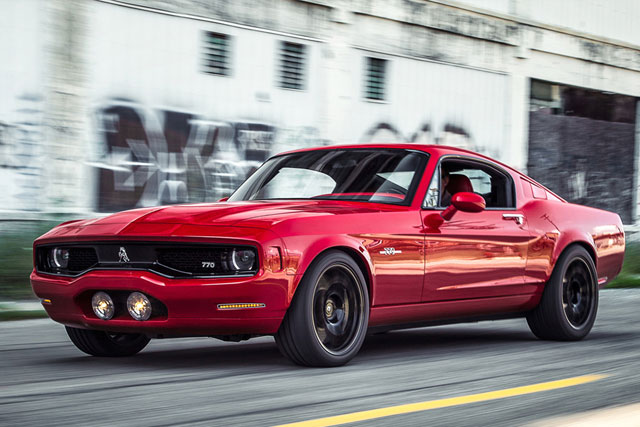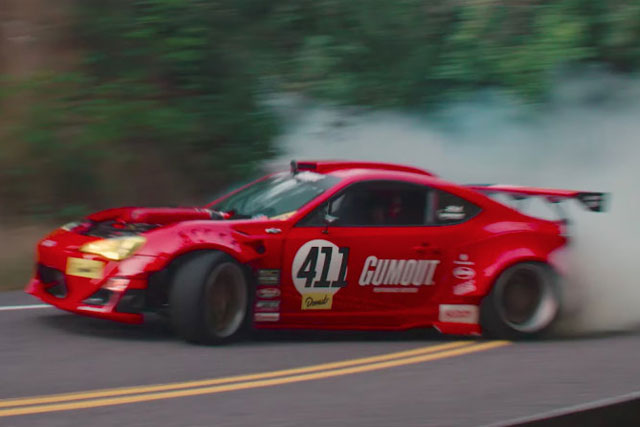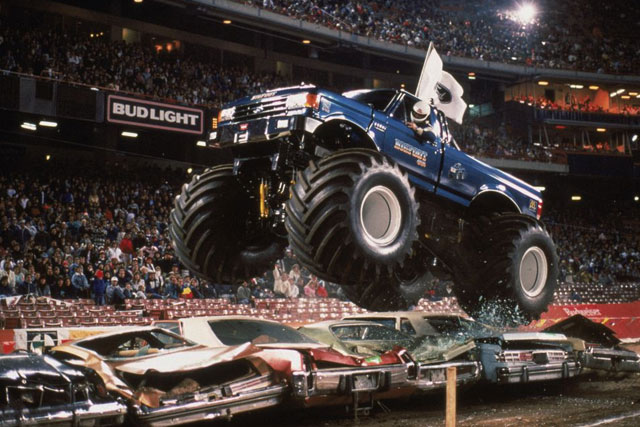Bigfoot Monster Truck Breakdown
We’ve always had a thing for big trucks and big engines—especially when they’re used to crush stuff. Bigfoot had been through twelve iterations when we first published this story. Twenty-six years later, they’re up to number 21, which is still destroying old cars and making crowds cheer.
A firestorm of exploding glass fractures the light in a blaze of brilliant sparkles. This is car abuse at its most spectacular—monster trucks dive-bombing a squad of sacrificial automobiles, pouncing and bouncing crazily over roofs and hoods, and bashing them pancake-flat. It’s the “Monster Mash,” and it’s a box-office smash.
Bulldozer brawn is just the beginning. The public eventually tired of a pack of single-purpose monsters whose whole act was simply pounding cars into scrap. So the event’s promoters had to come up with new forms of monster truck madness—mud racing, sand drags, hill climbs, and more.
And as the madness evolved, so did the trucks. Today’s monster trucks are faster, absorb more stress, and require more control. They have to stay in their lanes over bouncy, twisting obstacle courses, where the obstacles are junk cars. That’s no small feat when you’re bounding along on four huge tires that ride like beach balls.
To get an idea of what goes into a modern monster masher, we went to St. Louis, Missouri, home of the most famous big-wheeler of them all—Bigfoot. All told, there are no fewer than 12 Bigfoots, representing three generations of development.
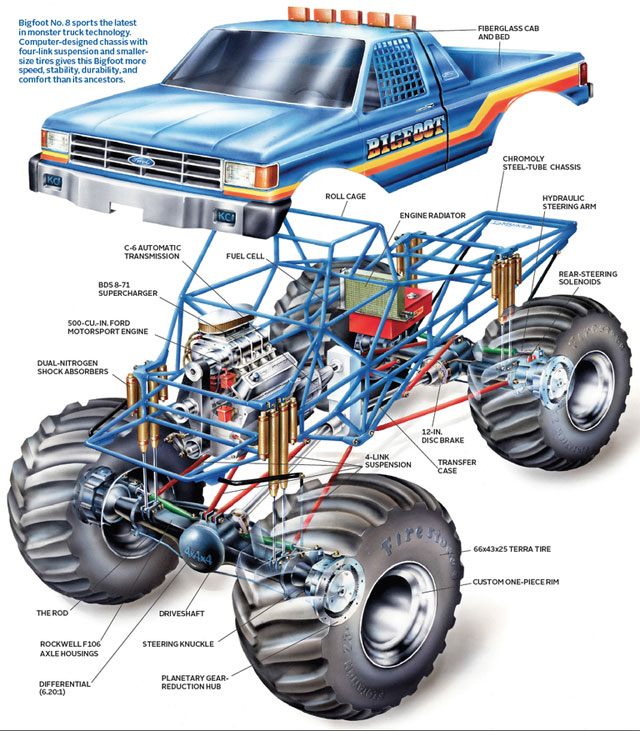
Peeking under the skin of one of the newest versions, the first thing you notice is the skin itself. The entire Ford pickup body is all fiberglass, with door handles and headlights painted on. The frame uses Chromoly steel tubing, similar to the frames used in stadium race trucks.
Driver comfort, believe it or not, was also a major concern. The older trucks were bashing the drivers around inside their cabs almost as much as they bashed the cars underfoot. Easing the shock loads finding their way into the cab helps the driver maintain better control, and also cuts down on the medical bills.
Extra-generous suspension travel is the key to going faster, jumping higher, and keeping the 10,000-pound truck on an even keel. It is achieved by using a four-link setup. Four bars extend from the pivot point at the center of the frame to pivot points on the axles. Two huge nitrogen-charged shocks at each corner help maintain ride height and jounce and rebound characteristics. Initially, the shocks move two inches for every inch of wheel movement. But as the shocks compress into their last stage, the damping ratio stiffens to 1:1.
While many of Bigfoot’s parts—such as driveshafts and tie rods—are handmade, some are adapted from agricultural and industrial applications. The new trucks run Rockwell F106 axle housings (normally used in school buses). Mechanics cut the ends off the housings and weld on special flanges. The axle itself comes with a planetary gear reduction on the end of the shaft. This setup allows additional 3.56:1 gear reduction to ease the torque load on the axle.
Custom-made one-piece rims (safer and lighter than two-piece rims) carry 66x43x25 Firestone Terra tires. In the real world, these tires support 30-mile-per-hour liquid fertilizer spreaders. Inflated to between five and 11 pounds per square inch, the tires, about $2,000 apiece, compress right to the rims on jumps. Shaving the tread on new tires cuts another 200 pounds—per tire—off the truck’s weight.
Pumping big power to Bigfoot’s big feet starts off with a Ford Motorsport high-nickel-content cast-iron 460 cylinder block that’s bored and stroked to 500 cubic inches. The engine, fed by Crower fuel injection and boosted by a 30 percent overdriven Blower Drive Service 8-71 supercharger, seems to provide more than enough muscle.
WHILE MANY OF BIGFOOT’S PARTS—SUCH AS DRIVESHAFTS AND TIE RODS—ARE HANDMADE, SOME ARE ADAPTED FROM AGRICULTURAL AND INDUSTRIAL APPLICATIONS.
In case you’re wondering what the third “4” is in Bigfoot 4x4x4, it’s for four-wheel steering. Hydraulics, borrowed from various agricultural and industrial jobs, turn the steering knuckles on front and rear axles. The front system uses a conventional belt-driven power-steering pump. Rear steering uses electric-driven hydraulic pumps controlled by a switch mounted on the shifter. Tie rods, front and rear, connect the steering knuckles to keep the wheels parallel in case the truck comes off a jump on one wheel. They prevent the pressure from forcing the hydraulics on one side from turning the wheel in.
The front-steering hydraulic system uses a relief valve to blow off excess pressure. Without the valve, a one-point front-wheel landing could generate enough back-force in the hydraulics to whip the steering wheel with such violence that it could break a driver’s fingers and wrists.
Bigfoot No. 8 sports the latest in monster truck technology. Computer-designed chassis with four-link suspension and smaller-size tires gives this Bigfoot more speed, stability, durability, and comfort than its ancestors.
Originally published in the January 1992 issue of Popular Mechanics, this article was reprinted in the January/February 2018 issue.


